
Kód: 01647802
Functional and biochemical characterization of GmCLC1, a vacuolar chloride channel from soybean (Glycine max L. Merr.)
Autor Robert Daniel Hoffmann
Bachelor Thesis from the year 2010 in the subject Biology - Micro- and Molecular Biology, grade: 1,0, University of Hannover (Institut für Botanik), language: English, abstract: In plants, chloride and nitrate transportation acros ... celý popis
- Jazyk:
 Angličtina
Angličtina - Väzba: Brožovaná
- Počet strán: 56
Nakladateľ: Grin Publishing, 2011
- Viac informácií o knihe

48.32 €
Bežne: 49.28 €
Ušetríte 0.96 €

Skladom u dodávateľa
Odosielame za 15 - 20 dní
Mohlo by sa vám tiež páčiť
Darujte túto knihu ešte dnes
- Objednajte knihu a vyberte Zaslať ako darček.
- Obratom obdržíte darovací poukaz na knihu, ktorý môžete ihneď odovzdať obdarovanému.
- Knihu zašleme na adresu obdarovaného, o nič sa nestaráte.
Viac informácií o knihe Functional and biochemical characterization of GmCLC1, a vacuolar chloride channel from soybean (Glycine max L. Merr.)
Nákupom získate 121 bodov
 Anotácia knihy
Anotácia knihy
Bachelor Thesis from the year 2010 in the subject Biology - Micro- and Molecular Biology, grade: 1,0, University of Hannover (Institut für Botanik), language: English, abstract: In plants, chloride and nitrate transportation across the tonoplast is mediated by members of the chloride channel family (CLC). Seven Arabidopsis CLCs are identified and the function of nearly all is unravelled. In contrast, only one CLC was discovered in soybean (Glycine max L. Merr.) and named GmCLC1. Except that GmCLC1 is located in the tonoplast and trans-ports chloride, little is known about the protein s function and transport mechanism. The purpose of this study was to identify whether GmCLC1 transports anions as a channel, or if it is an anion/proton antiporter, as comparison of its amino acid sequence with other CLCs suggests. For this, transgenic Bright Yellow (BY)-2 cells constitutively expressing GmCLC1 were treated with NaCl at different pH and the cells viability was analyzed. Moreover, vacu-olar pH was measured using confocal microscopy. The in planta function of GmCLC1 was assessed by complementation studies with Arabidopsis AtCLCa knock-down mutants. For this, Agrobacterium mediated transformation was used to insert GmCLC1 into an Arabidopsis wild type and the mutant lines. In the non-transgenic plants, nitrate and chloride contents were measured by colorimetric methods. Anion measurements of the transgenic plants are pending.Analysis of the test with transgenic BY-2 cells revealed that GmCLC1 functions in a pH de-pendent manner. BY-2 cells viability was decreased at low pH, indicating a reduced seques-tration of chloride from the cytosol into the vacuole. In planta studies of Arabidopsis mutants showed that chloride substitutes nitrate in AtCLCa knock-down mutants. Thus, besides that proof for AtCLCa s nitrate affinity is given, this result suggests that chloride is transported by another tonoplast located member of the CLC family. The understanding of nitrate and chloride compartmentalization in plant cells is important for the development of salt tolerant cash crops. A trait which is highly needed as the world s cul-tivated land is severely affected by salinity.
 Parametre knihy
Parametre knihy
Zaradenie knihy Books in English Mathematics & science Biology, life sciences Microbiology (non-medical)
48.32 €
- Celý názov: Functional and biochemical characterization of GmCLC1, a vacuolar chloride channel from soybean (Glycine max L. Merr.)
- Autor: Robert Daniel Hoffmann
- Jazyk:
 Angličtina
Angličtina - Väzba: Brožovaná
- Počet strán: 56
- EAN: 9783640965229
- ISBN: 3640965221
- ID: 01647802
- Nakladateľ: Grin Publishing
- Hmotnosť: 86 g
- Rozmery: 210 × 148 × 3 mm
- Dátum vydania: 18. August 2011
Obľúbené z iného súdka
-

The Perfect Predator
15.23 € -24 % -

Parasite Rex (with a New Epilogue): Inside the Bizarre World of Nature'sMost Dangerous Creatures
12.20 € -36 % -
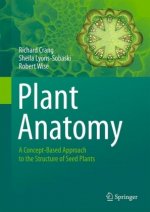
Plant Anatomy
66.78 € -12 % -

Sacred Mushroom of Visions
17.95 € -14 % -
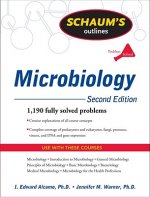
Schaum's Outline of Microbiology, Second Edition
26.02 € -20 % -
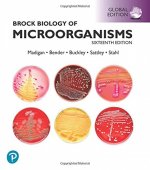
Brock Biology of Microorganisms, Global Edition
91.20 € -

Principles of Virology, Fifth Edition Multi-Volume
186.45 € -1 % -
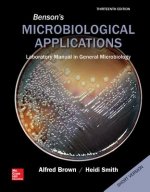
Benson's Microbiological Applications, Laboratory Manual in General Microbiology, Short Version
150.02 € -

Hidden Half of Nature
17.04 € -10 % -

Viruses: More Friends Than Foes
30.46 € -

Hot Zone
11.29 € -28 % -
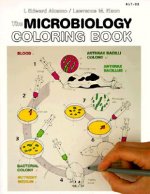
Microbiology Coloring Book
37.12 € -
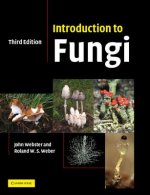
Introduction to Fungi
92.92 € -4 % -

Molecular Virology of Human Pathogenic Viruses
96.45 € -

Prions and Prion Diseases
109.46 € -

Bad Advice
20.98 € -18 % -

Principles of Virology - Molecular Biology, Fifth Edition Volume 1
106.34 € -7 % -
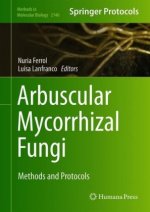
Arbuscular Mycorrhizal Fungi
212.28 € -4 % -
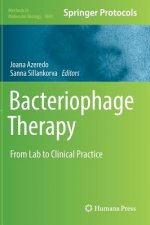
Bacteriophage Therapy
240.53 € -
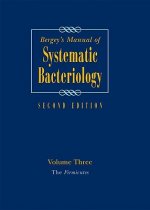
Bergey's Manual of Systematic Bacteriology
611.63 € -
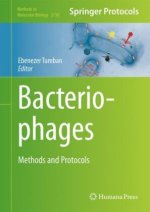
Bacteriophages
212.28 € -4 % -
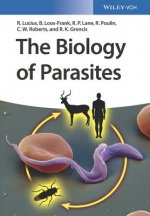
Biology of Parasites
91.60 € -9 % -
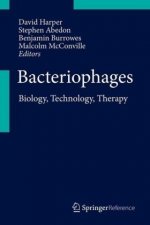
Bacteriophages
648.66 € -2 % -
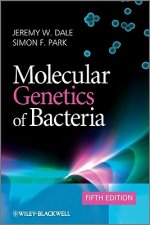
Molecular Genetics of Bacteria 5e
129.24 € -
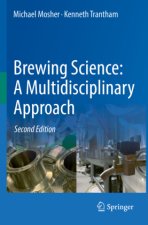
Brewing Science: A Multidisciplinary Approach
88.48 € -

Essential Microbiology 2e
60.43 € -7 % -

The Perfect Predator
44.69 € -
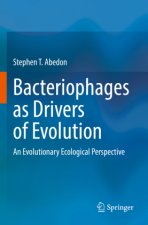
Bacteriophages as Drivers of Evolution
151.84 € -2 % -
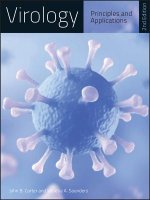
Virology - Principles and Applications 2e
74.35 € -
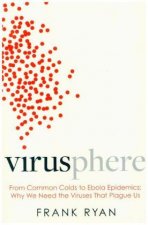
Virusphere
18.05 € -16 % -
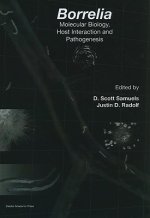
Borrelia: Molecular Biology, Host Interaction and Pathogenesis
253.34 € -

Thinking Like a Phage
32.68 € -
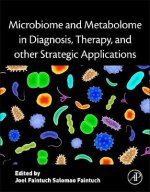
Microbiome and Metabolome in Diagnosis, Therapy, and other Strategic Applications
111.48 € -4 % -

Field Guide to Bacteria
24.91 € -18 % -
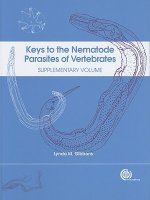
Keys to the Nematode Parasites of Vertebrates
264.34 € -
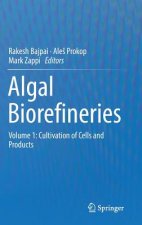
Algal Biorefineries
186.25 € -

Thermophilic Microorganisms and Life at High Temperatures
99.37 € -

Pseudomonas Methods and Protocols
327.30 € -
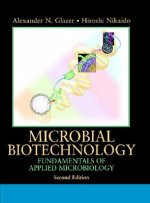
Microbial Biotechnology
46.20 € -14 % -

Plant Microbiology
139.63 € -6 % -
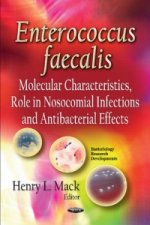
Enterococcus faecalis
279.58 € -17 % -
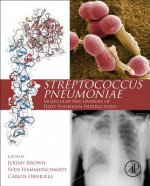
Streptococcus Pneumoniae
134.59 € -
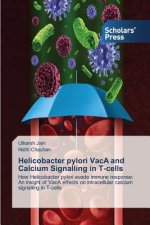
Helicobacter pylori VacA and Calcium Signalling in T-cells
66.68 € -
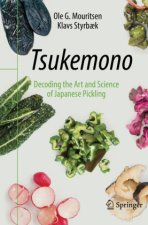
Tsukemono
24.91 € -18 % -

Campylobacter jejuni
175.35 € -
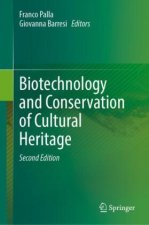
Biotechnology and Conservation of Cultural Heritage
186.25 € -

Interdependence
31.77 € -
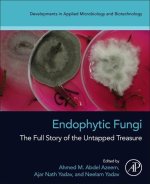
Endophytic Fungi
178.38 € -4 % -
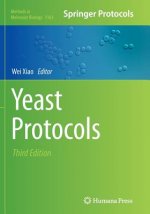
Yeast Protocols
131.96 €
Collection points Bratislava a 2642 dalších
Copyright ©2008-24 najlacnejsie-knihy.sk All rights reservedPrivacyCookies


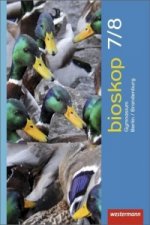
 15549 collection points
15549 collection points Delivery 2.99 €
Delivery 2.99 € 02/210 210 99 (8-15.30h)
02/210 210 99 (8-15.30h)